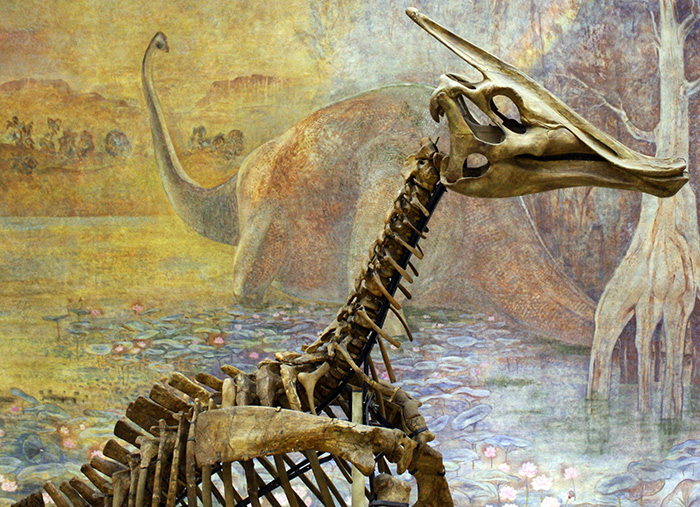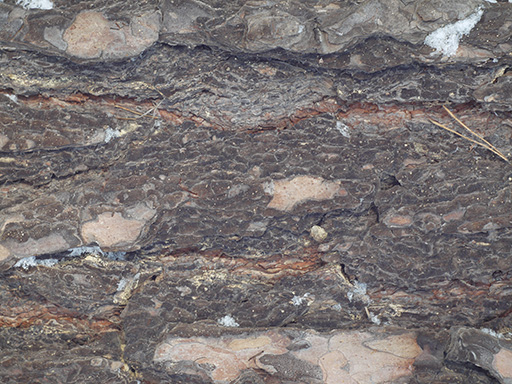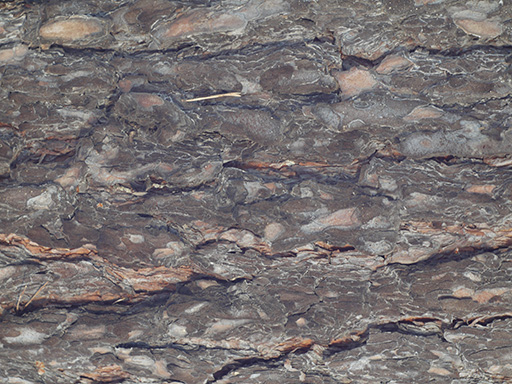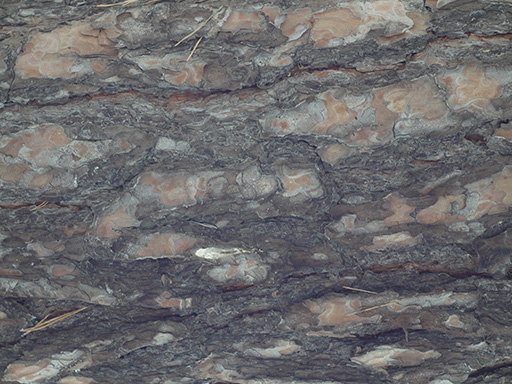
In a late Cretaceous period 70 – 68 millions of years ago on territory of modern North America and Mongolia ( probably, in other areas of the world too ) lived duck billed dinosaurs saurolophus with small crest located at 45 degrees on the back of the head. They were herbivorous and were able to eat plants on ground level and up to 4 m above it; they moved on 2 and 4 legs; their maximal length was 12 m and maximal mass was 1.9 tons. Crest may had many functions : thermoregulation, gender determination and as basement of skin flaps, as modern basilisk lizards have.
Skull of saurolophus allowed to perform chew-like movements and grind food with large amount of teeth, which were replaced as they wear; on the sides of jaws they had cheeks, that helped them to keep food in mouth. Juvenile saurolophus had much smaller crests, then adults animals had, and it reached as they grow approximately 20% of a skull length. For the first time dinosaurs of this species were found in 1912 year by paleontologist Barnum Brown in Canada; also large amount of complete skeletons and their fragments were discovered in Gobi desert area in 1946 – 1949 years by expedition of Russian and Mongolian scientists, which later were described by Anatoly Rozhdestvenskiy.



